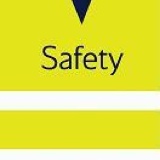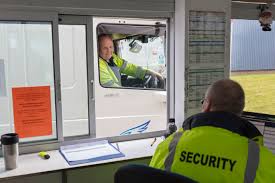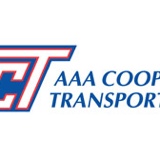Title Page
-
Conducted on
-
Prepared by
-
Select date
-
Enter the FMS failure number
-
1, Check the failure trace on the DCU and set it as the base trace. Record a photo.
-
2, Check the FWP and record the value in the notes (nominally less than 1382mm)
-
3, Check the FWC at the rear stretcher bar and record the value. (Refer to TRK6100 for nominal values) record results in notes for normal and reverse positions.
-
4, Check the RSO for both normal and reverse positions and record the values in the notes.
-
5, Check that schwihags are set up correctly and effective – when the switch is in the open position there should be a gap of at least 1mm between all chairs and the bottom of the switch throughout the movable length of the switch
-
6, Check that the backdrive is square. With the points halfway the cranks should be at 90 degrees to the stock rail. Additionally check that the drive rods don't foul the foot of the rail for both normal and reverse positions. Record deficiencies in the notes
-
7, Check the condition of the P-way - chair bolts, voiding, lipping, squareness, anything moving and record observations on the rear. Record deficiencies in the notes.
-
8, Check that the Slide chairs are clean and lubricated for both normal and reverse positions.
-
9, Check the FPL and record any adjustments in the notes
-
10, Observe the points under power, check the new trace on the DCU. Has it improved when compared to the base trace initially set? Record a photo.
-
Signature











